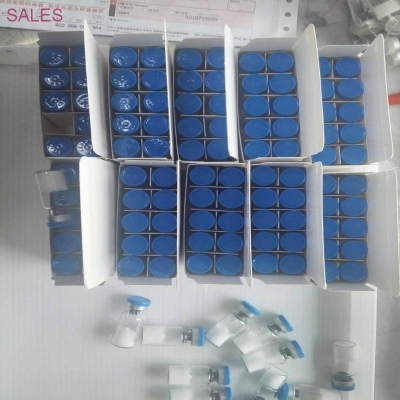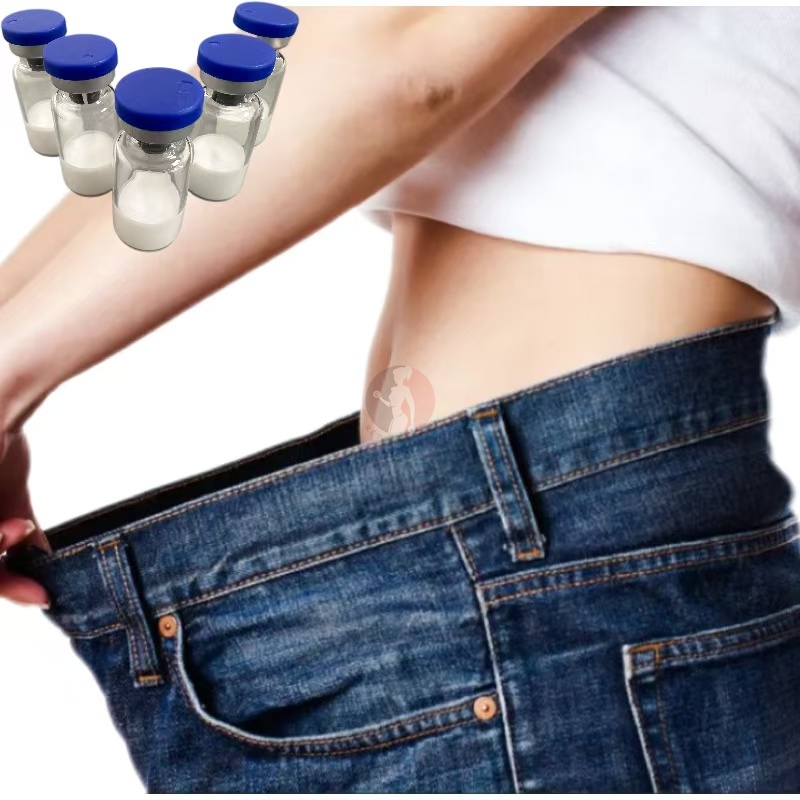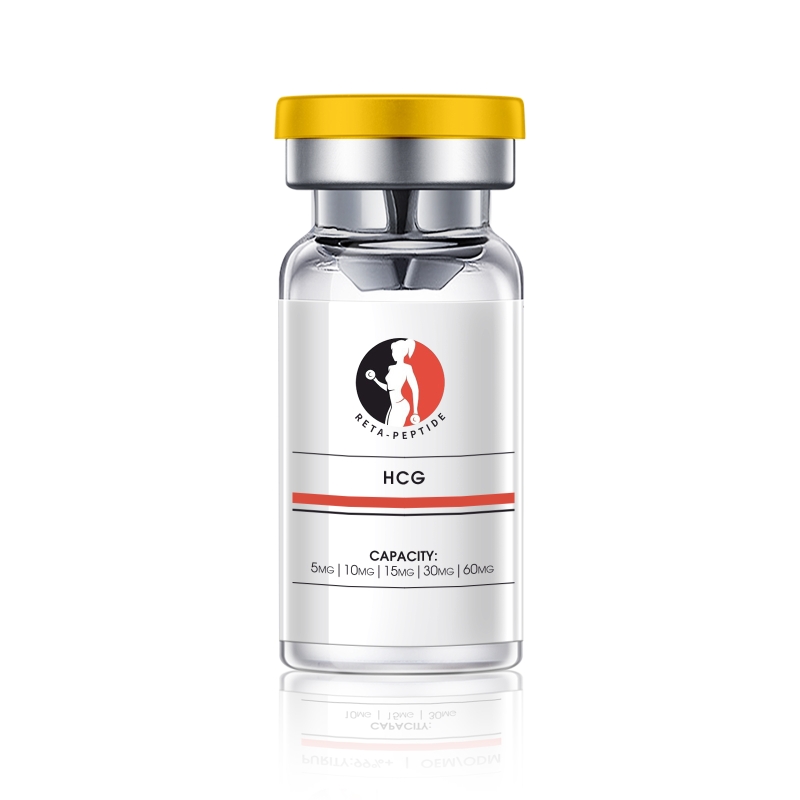-
Categories
-
Pharmaceutical Intermediates
-
Active Pharmaceutical Ingredients
-
Food Additives
- Industrial Coatings
- Agrochemicals
- Dyes and Pigments
- Surfactant
- Flavors and Fragrances
- Chemical Reagents
- Catalyst and Auxiliary
- Natural Products
- Inorganic Chemistry
-
Organic Chemistry
-
Biochemical Engineering
- Analytical Chemistry
-
Cosmetic Ingredient
- Water Treatment Chemical
-
Pharmaceutical Intermediates
Promotion
ECHEMI Mall
Wholesale
Weekly Price
Exhibition
News
-
Trade Service
Are you using the glass reactor correctly? The glass reactor mainly uses its double-layer glass characteristics to carry out stirring reaction under normal pressure or negative pressure
.
So, will you operate the glass reactor correctly? Let’s find out with me below
.
How to use: 1.
Check whether the power supply voltage is consistent with the specifications provided on the nameplate of the machine
.
2.
Plug in the power plug, turn on the power switch on the inverter, and use the speed control knob to select the appropriate speed.
3.
The flow of materials and the power of the motor speed may resonate at a certain point.
Please change the speed of the motor.
Avoid resonance
.
4.
After the stirring rod is installed, rotate it by hand to pay attention to whether the concentricity is good.
If the concentricity is not good, loosen the heavy clamp, turn on the power after the clamping is correct, and gradually adjust from slow to fast.
5.
Use the stirring rod regulator , you can make the stirring leaves up and down 5cm as needed
.
6.
If the sealing performance of the kettle is found to be degraded, please check the rotating bearing in the agitator sleeve
.
7.
The glass instruments of this reaction device are all made of GG.
17 low-expansion coefficient high-temperature resistant borosilicate glass.
Users can prepare glass instruments such as reaction bottles.
Please confirm the quasi-glass material to ensure safe use
.
8.
The interlayer on the glass kettle is connected to an external circulation port.
Hot oil can be used for heating reaction, and cooling liquid can be used for low-temperature reaction.
If steam heating is used, it should not exceed 0.
5K-1K (try not to use pressure steam for heating)
.
9.
When the test is carried out at low temperature, the discharge valve at the bottom will be frosted.
When using the valve, it must be partially thawed to prevent the glass from being broken
.
10.
If there are particulate objects in the solution during use, there may be leftovers on the PTFE piston of the valve when discharging.
The air tightness will be affected when it is used again.
Be sure to clean it after each discharge and use it again.
.
The above is the relevant introduction about the use of double-layer glass reactors.
I believe that everyone has a corresponding understanding of this after reading, and operating according to the correct method can ensure the accuracy of the test, and I hope it will be helpful to everyone
.
.
So, will you operate the glass reactor correctly? Let’s find out with me below
.
How to use: 1.
Check whether the power supply voltage is consistent with the specifications provided on the nameplate of the machine
.
2.
Plug in the power plug, turn on the power switch on the inverter, and use the speed control knob to select the appropriate speed.
3.
The flow of materials and the power of the motor speed may resonate at a certain point.
Please change the speed of the motor.
Avoid resonance
.
4.
After the stirring rod is installed, rotate it by hand to pay attention to whether the concentricity is good.
If the concentricity is not good, loosen the heavy clamp, turn on the power after the clamping is correct, and gradually adjust from slow to fast.
5.
Use the stirring rod regulator , you can make the stirring leaves up and down 5cm as needed
.
6.
If the sealing performance of the kettle is found to be degraded, please check the rotating bearing in the agitator sleeve
.
7.
The glass instruments of this reaction device are all made of GG.
17 low-expansion coefficient high-temperature resistant borosilicate glass.
Users can prepare glass instruments such as reaction bottles.
Please confirm the quasi-glass material to ensure safe use
.
8.
The interlayer on the glass kettle is connected to an external circulation port.
Hot oil can be used for heating reaction, and cooling liquid can be used for low-temperature reaction.
If steam heating is used, it should not exceed 0.
5K-1K (try not to use pressure steam for heating)
.
9.
When the test is carried out at low temperature, the discharge valve at the bottom will be frosted.
When using the valve, it must be partially thawed to prevent the glass from being broken
.
10.
If there are particulate objects in the solution during use, there may be leftovers on the PTFE piston of the valve when discharging.
The air tightness will be affected when it is used again.
Be sure to clean it after each discharge and use it again.
.
The above is the relevant introduction about the use of double-layer glass reactors.
I believe that everyone has a corresponding understanding of this after reading, and operating according to the correct method can ensure the accuracy of the test, and I hope it will be helpful to everyone
.







